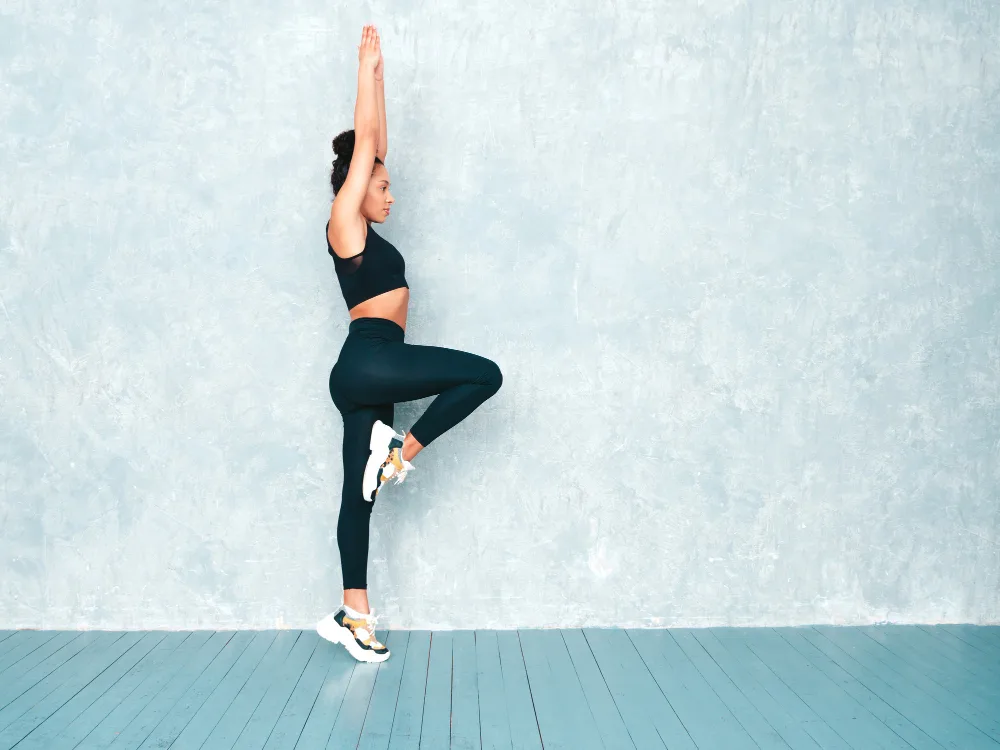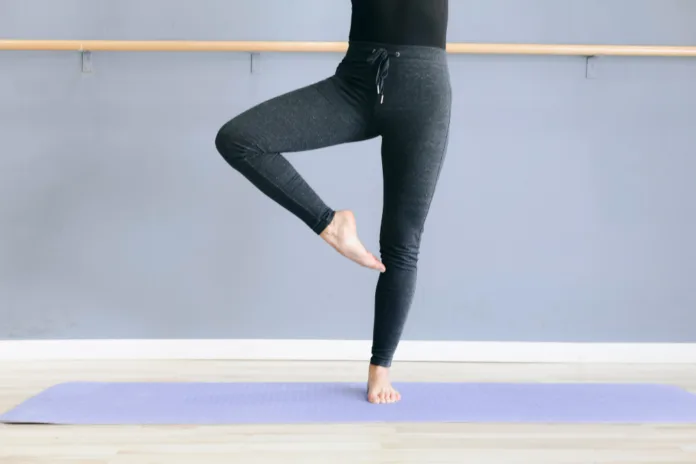Research suggests a quick 10-second test might predict mortality risk
In a groundbreaking study led by the Exercise Medicine Clinic CLINIMEX in Rio de Janeiro, Brazil, researchers have uncovered a simple 10-second test that could potentially predict whether individuals are at risk of mortality within the next decade.
No matter your age, discussions about maintaining good health are a constant in our lives. The age-old advice of ‘eat this, not that’ and ‘do this, not that’ fills the air, but this recent study suggests a unique approach to assessing mortality risk.
Published in the esteemed British Journal of Sports Medicine, the research involved participants aged 50 to 70, a demographic where falls can have fatal consequences. The test itself is surprisingly straightforward: individuals are required to balance on one leg for 10 seconds, with the other leg tucked behind.

The findings revealed an 84% higher likelihood of death among those who struggled to maintain balance compared to their more stable counterparts. The researchers posit that difficulty in balancing may indicate muscle loss, making individuals more prone to falls.
Of the 1,700 participants, averaging 61 years old and predominantly male, a staggering 20% could not complete the balance challenge. Subsequent tracking over seven years (2009 to 2020) unveiled a mortality rate of 4.6% among the ‘balanced’ group, contrasting sharply with 17.5% among those who struggled to complete the task.
Unsurprisingly, the ability to balance varied across age brackets. Among 51 to 55-year-olds, only 4.7% could not complete the test, while a significant 53% of those aged 70 and older faced challenges.
Heart disease and cancer emerged as the predominant causes of death, accounting for around 60% of the cases. Dr. Claudio Araujo, the lead researcher, commented on the study, highlighting the connection between aging, physical fitness decline, and adverse health consequences.
While the exact reasons behind the link between balance and longevity remain unclear, the study underscores the importance of addressing muscle strength, power, flexibility, and balance in older adults. As per a Harvard Health medical school report, individuals start losing 3 to 5 percent of muscle mass per decade after the age of 30, amplifying the risk of falls and fractures.
The implications of this research are profound, urging individuals to consider their physical capabilities as potential indicators of overall health and longevity.
